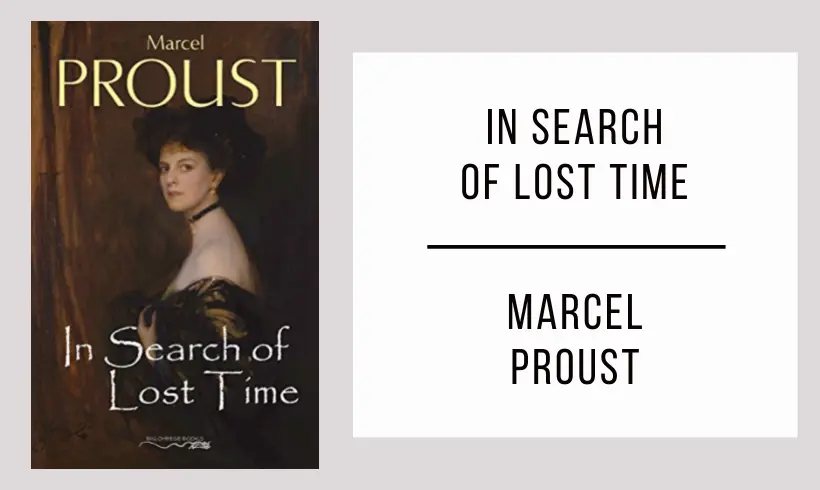“In Search of Lost Time” is a masterpiece of literature that will immerse you in the elegance and depth of Marcel Proust’s narrative.
Download a free copy of “In Search of Lost Time” in PDF format now and discover why this work endures as a literary treasure through time!
Let us take you on a unique journey through time and memory, delving into the pages of “In Search of Lost Time.” Immerse yourself in its beauty and literary wisdom at no cost!
In Search of Lost Time in PDF
*Wait a few seconds for the document to load, the time may vary depending on your internet connection. If you prefer, you can download the file by clicking on the link below.
Loading fileInformation In Search of Lost Time
- Author: Marcel Proust.
- Publication Date: Published in seven parts between 1913 and 1927.
- Main Characters:
- Narrator (unnamed): The protagonist and narrator of the story.
- Charles Swann: A family friend and central figure in the first part.
- Odette de Crécy: Swann’s lover.
- Albertine Simonet: A significant character in later parts of the work.
- The Duchess of Guermantes: An influential aristocratic figure.
- Brief Summary: “In Search of Lost Time” narrates the life of the narrator, his experiences in French high society, his reflections on time, memory, and art, and his quest for truth and identity.
- Thematic Analysis: “In Search of Lost Time” explores themes such as memory, time, love, society, artistic creation, and the search for truth.
- Historical Context: “In Search of Lost Time” is set in French society at the end of the 19th and early 20th centuries, marked by cultural, political, and social changes such as the Belle Époque and World War I. Marcel Proust influenced modernist literature and the exploration of psychology and human consciousness in literature.





